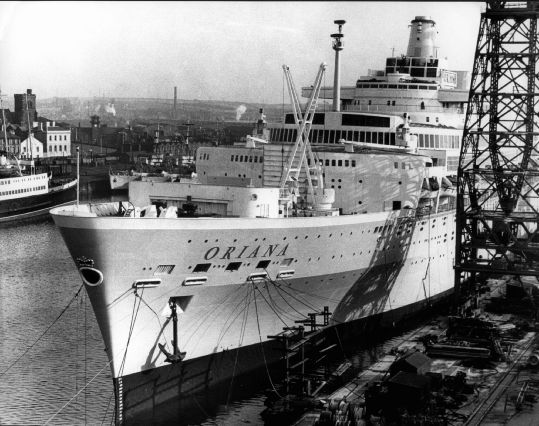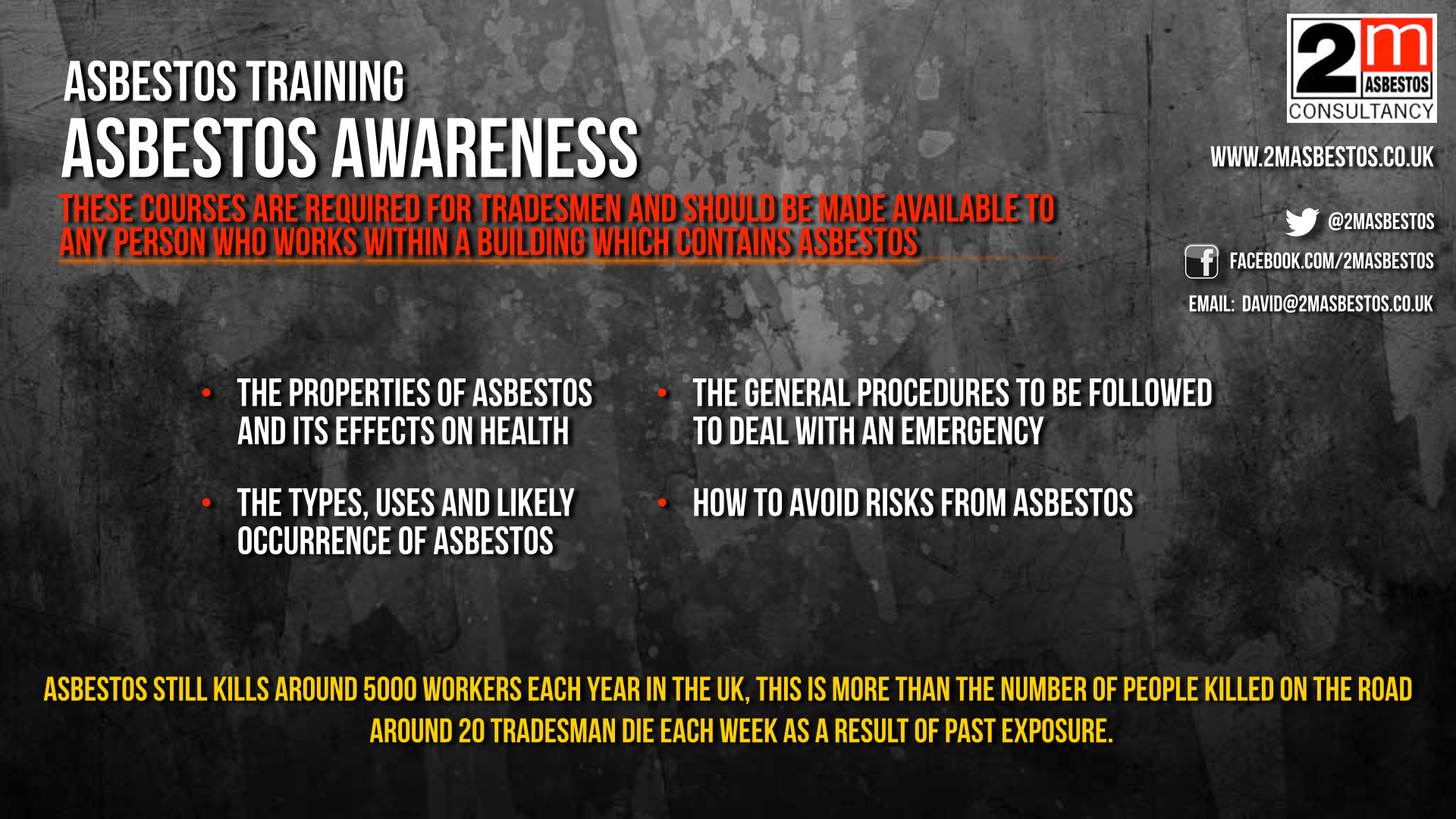A RETIRED Barrow shipyard joiner suffering from asbestos-related lung cancer has launched a hunt for answers about why his former employers allowed him to be exposed to deadly levels of the toxic dust.
Douglas Newby is appealing to his ex-colleagues for any information about the working conditions they experienced in the yard, joiners’ shop and aboard ships during the 1950s and 60s.
Mr Newby, 79, was diagnosed with lung cancer in September 2015. An army man in his youth, with a clean bill of health most of his life, he had been having problems with breathlessness, finding it harder and harder to walk uphill to his home and decided to get checked out.
The outcome was devastating – he was diagnosed as suffering from lung cancer which is believed to be due to heavy exposure to asbestos.
As the disease has progressed, every aspect of his life has been affected. Once an active, social man who enjoyed working with his hands, he now finds himself housebound, unable to carry out basic tasks without becoming short of breath.
Mr Newby has now instructed expert industrial disease lawyers, Hodge Jones & Allen, based in London, to investigate where and why he was exposed to asbestos dust and to find out if more could have been done by his former employers to protect him from the lethal substance.
In the course of his employment, Mr Newby worked in the joiners’ shop where he built furniture for the ships in the yard. He also spent a lot of time working aboard ships building cabins, fitting them out with walls and partitions and installing furniture.
The corridors of the ships where he worked had steam and hot water pipes running through them. Asbestos was used to insulate these pipes and laggers carried out this insulation work, spraying dark grey asbestos onto the pipes and then wrapping them with asbestos cloth. Much dust was generated in the process and as the spillage and dust were swept up later. He recalls everyone’s work clothes being covered in this dust.
Mr Newby also used a material containing asbestos himself. In 1960, he built toilets and a cinema on the ocean liner . His employer provided him with ‘marinite’ board for this purpose.
He sawed, drilled and fixed the marinite board, often working in confined spaces, becoming covered with white asbestos dust in the process. He only found out after his diagnosis last year that marinite contained asbestos.
Commenting on his condition Douglas said: “The consultant told me that they could offer me chemotherapy but, if it worked, it could only prolong life, not cure the illness. I have decided against it.
“It was absolutely devastating to hear this news; although I was worried at the start of the investigations that I might have cancer, I was not expecting it to be related to asbestos exposure.
“We were not told that asbestos could be harmful, something which I now think is criminal. We had no masks to wear and with the name of the product, marinite, not having any reference to asbestos, we did not know it had any connection to asbestos. We just thought it was another product we were using.”
Anyone who can help Mr Newby is asked to call Hodge Jones & Allen on 020 7874 8502.
Source: North West Evening Mail



